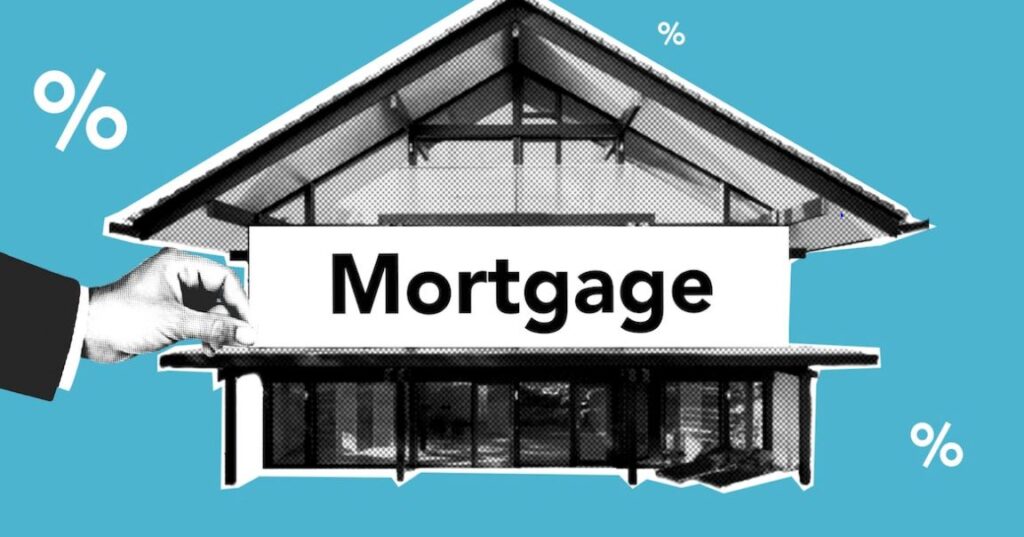The Complete Guide to Home Loans Against Property

A lot goes through people’s minds when they have to send their children abroad for higher education or when they need funds to invest in their business. There are a few creative ways to arrange these funds, such as sweet talking your friends and relatives to persuade them to lend you the money. But a better and more self-sufficient way is to choose a Loan Against (your) Property or Loan Against Property as it is commonly known.
So, what exactly is a loan against property, and how do you incorporate one to suit your financial needs? A loan secured by real estate is what its name implies. It is a loan given out or secured by a property mortgage. However, if you want to take out a loan against a property, you must be the owner of that property.
Loan Amount
Lenders typically offer loans up to 60% of the property value. LTV, or loan to value, is used to describe this ratio. Ten years is the maximum available term. The interest rate will be greater than that of a home loan but lower than that of personal loans. Compared to personal loans, which typically have terms of no more than five years, a LAP gets issued with the duration of ten years. It makes a LAP more appealing than a Personal Loan due to lesser EMI for the customer when combined with a lower ROI. Of course, the money can get used for immediate needs like a wedding, education costs, medical bills, business expansion, travel, etc. Some lenders offer durations of up to 15 years, which increases their appeal in terms of more manageable EMIs.
Both salaried employees and independent contractors are eligible for borrowing against the property.
Eligibility Requirements
When applying for a loan secured by property, the eligibility requirements are very different from those for Unsecured Loans (Personal Loans), where the permissible loan amount gets determined by the borrower’s income. Although the requirements for a LAP differ depending on the lender, these include the applicant’s savings, revenue, and history of on-time payments. This repayment track record includes paying off credit card balances, prior loans, etc. In addition, the property’s market worth gets considered. Before approving the loan amount, the applicant’s age, financial stability, and employment position are all considered.
Lenders typically prefer that their clients remain in their jobs until the loan gets completely repaid. It is why a person who receives a salary has a maximum age at maturity of 60 years for a loan secured by property (retirement age). However, the age-at-maturity might be higher, up to 65 years, for business owners and professionals who are self-employed.
Documentation Process
Below are some of the crucial documents that employees must submit:
- An application form with an accompanying photo
- A valid photo ID
- Documentation of current address
- Three most recent pay slips
- Form 16
- The past six months’ worth of bank statements
- A processing fee check
- Documentation of property ownership
The documentation needed may differ if you are a self-employed professional or businessperson:
- An application form with a photo attached
- A valid photo ID
- Evidence of current address
- Proof of business
- Educational certificates, in the case of professionals.
- Self-employed people must submit their last three years’ tax returns (personal and business), balance sheets, and profit and loss statements.
- If you are a businessman, you must submit a business profile, last three years’ tax returns (personal and business), three years’ worth of balance sheets, and profit and loss statements.
- Bank statements from the previous six months; a cheque for the processing fee; and evidence of property ownership
Costs associated with the application
In addition to the loan’s interest rate, the lender may also assess a processing fee & mortgage stamp duty to the applicant.
The loan gets disbursed once the loan against the property gets approved following all legal requirements. A loan disbursal can happen at once or in two to three installments, depending on its amount.
Procedure for transferring a loan
The borrower has the choice to transfer the loan from one lender to another if they discover another lender who is providing better loan terms. However, before the loan transfer, it is essential to calculate all associated costs. It is due to the possibility that one may not save anything due to the prepayment penalties and loan processing fees on the new loan.
Conclusion
A loan against property is unquestionably the best option to select when one needs a sizable amount of money quickly, making it the cheapest after a home loan. Of course, it is critical to ensure the loan gets repaid on time; otherwise, the lender has the right to seize the property under mortgage.
